Continued from Part 1… This was just one example of the close-range observations that we learnt from. What became evident very quickly was that the moment of pricking, that split second where the point of the hook bit home, by no means guaranteed victory for the angler. Numerous times a carp would suck a bait in with apparent confidence yet rise up so slowly that the self pricking was woefully ineffective.
The hooklink would straighten, with no sign of panic from the carp, and the bait was then spat out with an almost leisurely indifference. With everything happening slow-time, that moment of pricking was way less effective than on other waters. Yet these amazing fish picked up bait far more often than the catch reports would suggest. With the sheer effort we were making and the stealthy approach, we knew it was possible to do better.
The breakthrough came, unexpectedly, via my tatty left sock. More specifically, a tatty length of elastic that I noticed poking from the ankle. The elastic was fine in diameter and seemed to knot surprisingly well. Soon, the sock was consumed by various experiments as I tried to get the rig to act exactly what I was looking for – and the fall out was that I was left barefoot in some Crocs. Like a sex offender, or a Belgian…
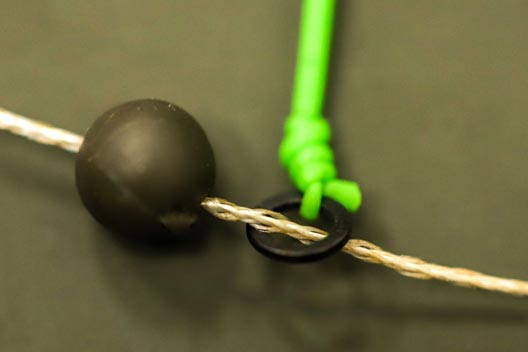
A short length of the elastic was tied to the swivel and the other end was fixed mid-way along the hooklink via an old school float stop. This created a distinct “D” shape in the hooklink. Whilst Andy had been using a degree of elasticity in his rigs for years, to make a hook more difficult to eject, this rig was different in that it created a rig that bit back. Once the hookbait was picked up, the effect was that the hook was actively pulled towards the lead. The photographs will undoubtedly be easier to follow than any narrative. This rig, over the last decade, has been adapted and improved massively, but on the day in question I was happy with how it looked and could not wait to put it to the test.
After an obscene amount of effort with poles, radios and ‘Pilates’ style stretching my baited rig lay before me, complete with a little length of elastic waiting to do its worst. Inevitably, the fish didn’t read the script for ages and avoided the area for half a day whilst I lay amongst the nettles, mooched up and down trees and rotated tea making duties with Andy. But come they eventually did, and it was one of the real jewels that gave me my answer. A true Leney, sixty years old and always around forty pounds is the best way to test any rig. I was close enough to watch the bait enter his mouth. Again, the fish acted unhurried and moved slowly. The hooklink straightened as the great carp rose up but did not tighten all the way to the lead. As soon as the fish made contact with the elastic, it stopped. Its great pecs fanned quickly, and I could see flashes of pale colour as its mouth worked hard to spit the hook out. The hook remained firmly in position as it was held there by the gentle tension of the sock elastic. The only way the fish could have eased the pressure keeping the hook in would be to lower back down towards the lead. If you hooked a human in the mouth, I have no doubt they would move towards the pressure to ease it, but I do not believe carp have this level of problem solving; certainly not yet.
So the fish was there, pricked against the elastic, with a “well this is new” expression on his face. He was not moving forwards, backwards, up or down, the only movement being rapidly fanning fins and gills working overtime as he tried to eject the hook, which was held firm buy a bit of my sock. It probably took a minute before the fish’s patience ran out and then the hooklink straightened all the way to the lead and the water erupted as he took off against the clutch.
That evening, I was explaining to an old friend that I had used some elastic from my sock in this way and he quickly moved the tale on when relaying it to others, stating that I now fished with bits of Nora Batty’s tights. From that day, the Nora rig had a name.
For younger readers who don’t know who the lady, or the TV programme that she came from is, please keep it that way. It was rubbish!
So, the rig worked from day one. I decided my sock elastic could be improved on, as the elastic component and settled eventually on a product called Knit-In elastic, available in any decent haberdashery shops. It wasn’t perfect, though it was inconspicuous and knotted well, but the actual pull of the elastic could be hit and miss. Sometimes it seemed great – a steady, consistent tension like a through action rod. Other times, there was not much resistance for a while and then firm tension. It also degraded in half a season which wasn’t ideal.
The ideal elastic for this rig is steady, from the first hint of tension ‘till it straightens against the lead. Nowadays, I use thin marker elastic. Yes, it’s red but I have yet to see any negative effect from this. We may not like it, but it’s carp we are trying to catch, and their reaction is what matters. This elastic is strong and the perfect tension.


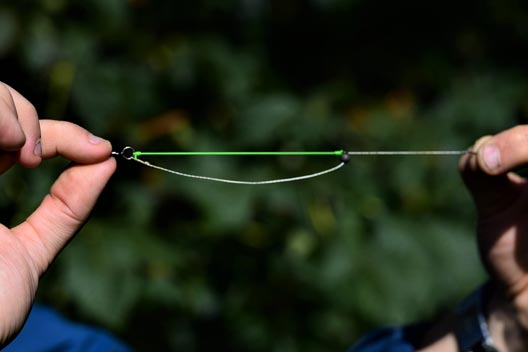

Plenty of people use some degree of elasticity in their rigs, but I have yet to see another that actually pulls back. This tweak really works, and a decade later, I would not use anything else. It was born out of necessity on a uniquely tricky water but is a significant edge everywhere.
There are downsides, such as the fact that tufties and coots nearly always end up having to be played in and unhooked, as opposed to the 2 beeps that other rigs may give you. Likewise, you’ll get the smell of a fresh Tench, as they too have a weakness for Nora’s womanly charms.
I recently fished a guest session at Dinton White Swan in mid-November. My first ever session on this historic venue and landed seven tincas from seven runs. It’s not what I wanted, but those that know the venue well will understand how unusual that catch was.
Angling is not an exact science – as there’s too many variables involved, but the nearest I have come to a level playing field in terms of a test for the rig is when I went to a shallow French estate lake with a group of friends. It was a uniform depth, weed free and we all dropped the same baits out in the lake when there was presence of carp all over. At the end of the week thirty four carp had been landed on the Noras with the next most prolific angler landing seven carp on conventional tactics. I am yet to meet someone who has fished with it and then walked away ‘unchanged’.


Some people will hate it – saying it’s too complicated, too messy, it will never cast, it has red elastic!! That’s fine, I’m not trying to convert you, I’m just telling my tale and hoping that you enjoy it. Besides, these are good points my imaginary critic is raising. I’ll deal with messy last, as it is the most important…
I generally cast the rig in a PVA bag or drop it from a boat, but if it is long range, then a tiny mesh PVA bag on the hook does the job beautifully. So long as the elastic is stretched out fully as you cast it will not snap and settles nicely on landing on the lakebed.
I can tie these rigs in less time than a hinged stiff rig; after all, it is just a hooklink with a ring and a stop on it. Then tie on the elastic and you are away.
A messy presentation?
This is a tough one, as for many it may require a slight shift in mind set. There is lots of emphasis on rigs looking neat; perfectly straight hooklinks that reset once rejected. My question would be why? I am not a fan of a perfectly straight line in a natural setting. I’m also not a fan of being rejected; not so much in an emotionally vulnerable way, but I don’t want a carp spitting my hook bait out. I’d rather be taking its photo!
There are two distinct advantages that the Nora offers over other rigs:
The showstopper is clearly the elastic pulling back action, that no other rig can do. The second advantage is that D shape that is created by the ‘slack’ in the hooklink when the rig has settled. Less obvious perhaps, but it’s still a step forward in rig consistency and efficiency.
There is an assumption that carp approach a bait always come in a line, opposite the lead. It’s classic positioning in any rig diagram and it’s utter twaddle! If you have, for example, a six inch hooklink lying perfectly straight as the manuals say, a fish sucking from opposite the lead has almost no movement of the bait. Granted, the bait can move up to some degree, but if the carp is opposite the lead, you may as well have a two-inch hooklink. Likewise, a fish coming from the other direction has twelve whole inches of movement at their disposal. In reality, a carp arrives where it wants.
This is where the loose ‘D’ of hooklink created by the elastic is a great leveller. It does not matter how it drops, nor where the carp approaches from, there is always a totally consistent amount of suck required before pricking against the elastic. This is the crucial point; it is the moment of tension against the elastic that will catch your carp, the lead merely helps set the hook and deliver the rig initially.
Again, please refer to the pictures for the clarity my words may fall short. I became so focused in trying to explain rig mechanics, I let the phrase ‘consistent amount of suck’ go by without any form of childish reference. Please accept my apologies…




Let us get back to that lake a decade ago. Our catch rates reflected the great changes and it was with some sadness, that we said goodbye to those magnificent animals a couple of seasons later, once we had achieved what we wanted to do. Those weeks were vintage carp fishing and, above all, fun. Bodily functions are amongst the best things a man can talk about and at this lake, we converted a bucket with pipe lagging to make a comfy seat and used pedal bin liners to collect all the goodies destined for a nearby dog poo bin. If you have two guys with too much time, bags of poo, some Rueben Heatons and a naturally fiercely competitive nature, it will not take too long for the weighing to begin. For those amateurs amongst you, I would suggest prizes for individual payload and overall weekly total. Richard walker himself made those rules on the banks of Redmire.
This game ended with a sour taste for me, when I found my lifelong friend Andy had been cheating! Pebbles! In the bag. He’s a monster…



As I wind up this article, there’s a couple of thoughts I’d like to leave you with. Firstly, I believe that catching carp is getting harder. If you think of any of your local waters, I’m pretty certain that runs will be harder to come by as each season progresses, even if the stock remains constant. The actual level of a fish’ intelligence is a much-debated topic, but there can be no doubt that they become conditioned to anglers and respond to external influences. Each season, this conditioning is reinforced, and they get harder to hook. Small carp are a shoal fish that display all the traits of an animal hard wired to avoid predation. As grown-ups, much of this self-preservation remains; they learn and adapt as nature teaches them. This is why we need to adapt accordingly and try and at least keep up with the game.
The best way to debate fishy topics such as this is undoubtedly via Kronenbourg. I reckon beer makes me cleverer and I feel for the young up and coming carpers that are denied this fast track to brains by no-alcohol rules that some clubs now impose. The other week I found myself wandering the hallowed banks of Yateley when a young angler, sporting the inevitable fluffy beard and woolly hat combo, offered me a green tea. An actual green tea… Erm no ta, I’m a builder’s brew kinda fella.
Some of the best, most enduring friendships are forged on the banks of carp lakes whilst clutching a cold one. Not so much match venues; too competitive, nor trout venues as all the casting requires a safe zone around each Orvis clad keenie. And never, ever will banter be found amongst eel anglers. Brilliant undoubtedly, but solitary, intense beings that on no account should ever be allowed to babysit.
I have a fabulous photo from the West arm of Cassien in the nineties, where my friend is perched on a tower made from slabs of beer with his binoculars trained on the water.
Apologies for the misty-eyed nostalgia, but things rarely seem to change for the better. I remember when, on returning from a French trip, the standard procedure was to check you’d packed all the tackle, a bottle of red for the wife and perhaps a Toblerone for the kids. Nowadays a further check is needed to see if you’ve gained a gentleman from Sierra Leone who’s searching for a better life, a Man United season ticket and a plump single mother with self-esteem issues.
Next time out, I shall be taking my rig and trying to catch the largest fish this country offers. Cheers.






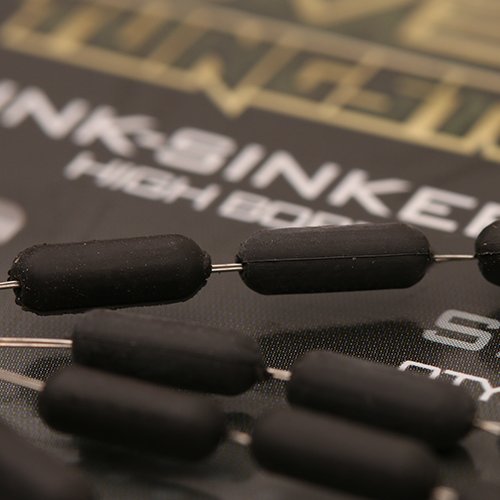

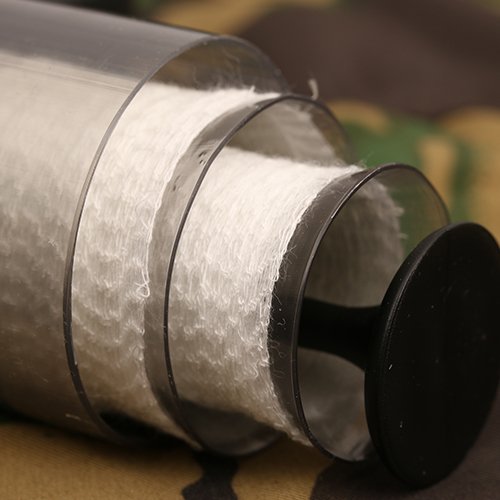
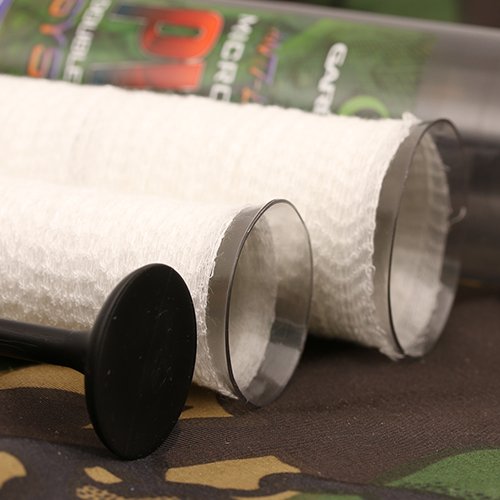





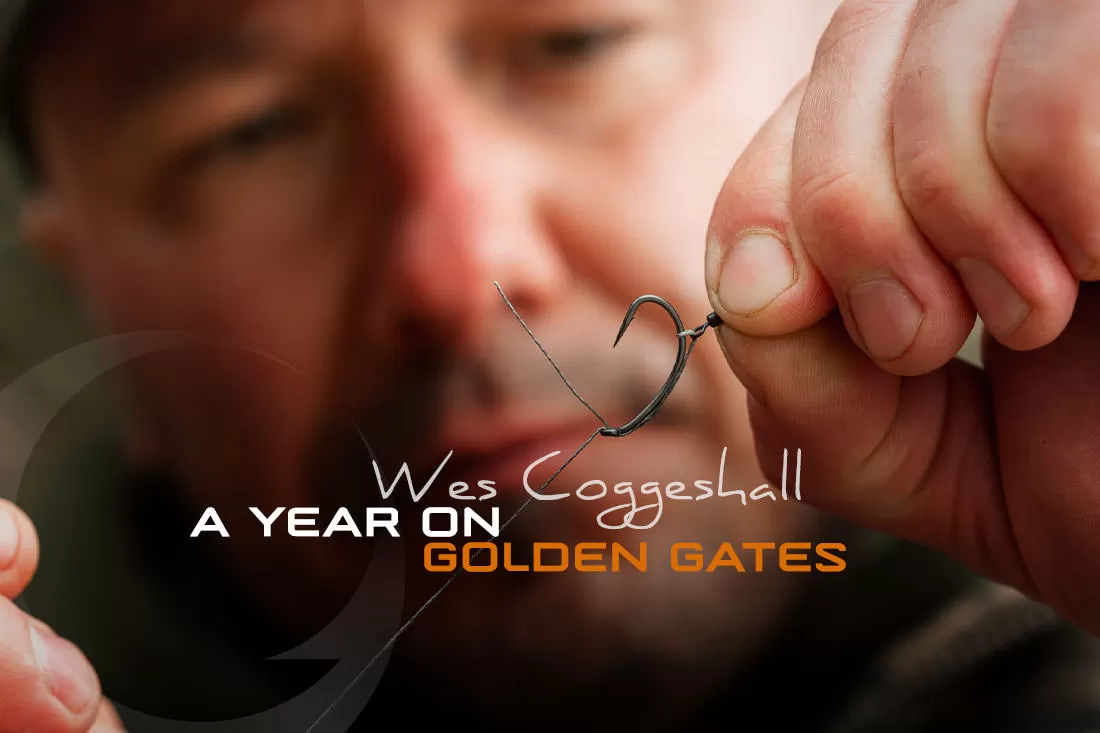




Really enjoyed the two nora articles wanna see more from adam has a way with words haha
Adam i cant believe you gave away the best kept secret ever
I thought it would stay in the closet forever
It works and im still using it